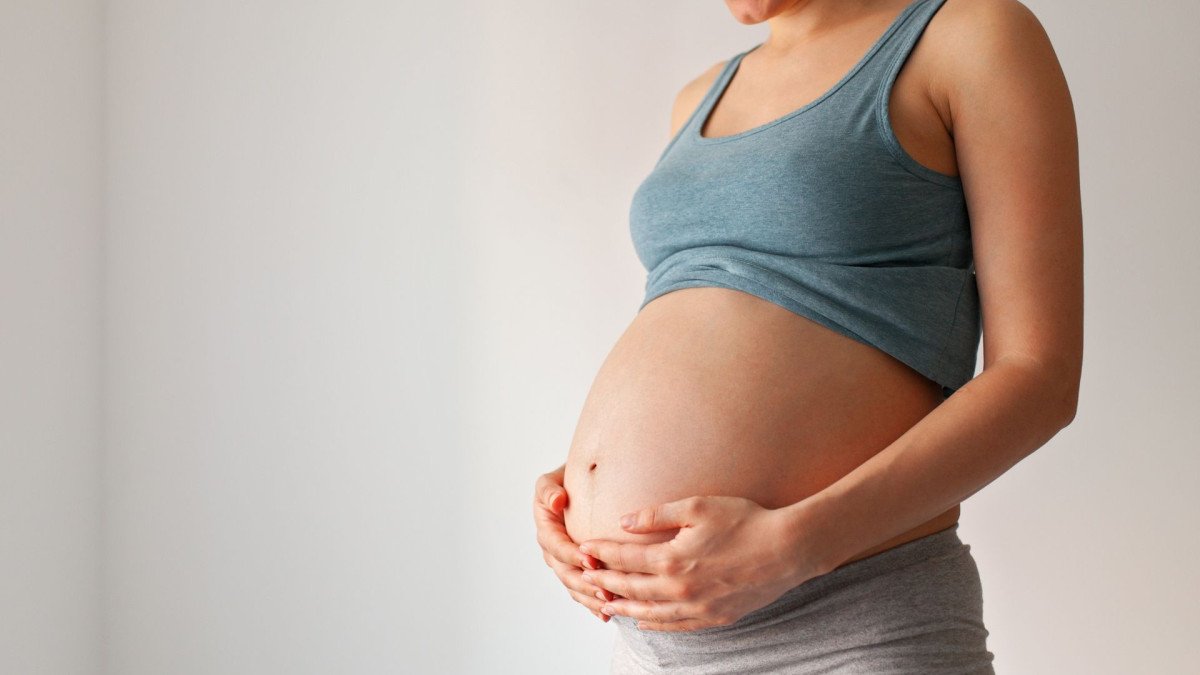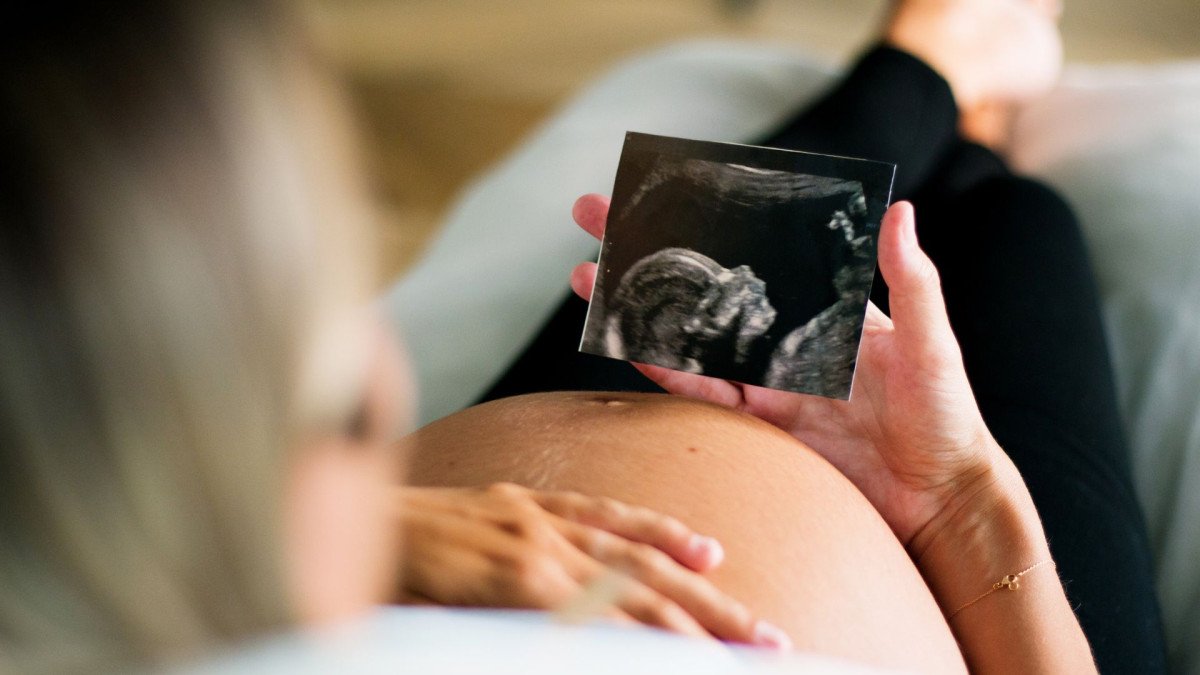How many expectations are focused on the arrival of a child, expectations that have to do with the individual parents. Expectations that may contain the promise of a close relationship, the hope of duplication, of continuity, the reflection of one’s own image, the fulfillment of some fantasies regarding success in what they themselves have failed. They are transferences of feelings that turn the child into a potential redeemer of lost hopes. Hopes are built from the mother’s womb through communication.
During pregnancy, communication is established between the mother and the unborn baby that cements a bond A bond that begins in intrauterine life in different ways that we will see later. This link has three components, the first, the maternal representations in terms of their capacity for fantasizing and granting physical and psychological characteristics and intentions to the unborn baby. The second component, the emotional, in the sensitivity of the interaction and concern for it. And, finally, the assumption of self-care roles and practices.
What is the way in which the link is established?
It occurs through prenatal stimulation, which can be in different ways: voice, tactile, musical, visual, and self-care practices Self-care practices have to do with abstaining from the consumption of substances, cigarettes, alcohol, taking care of food, preparing the child’s environment at home, it is an acquisition of a healthy life.
The visual technique occurs with the use of artificial lighting, with the use of a flashlight or light object placed in the womb or very close to it, turning the light source on and off or moving it gently. The sensitive tactile technique can be performed through caresses or instruments such as massagers on the maternal womb; its application at different pressures generates vibrations that are transmitted through the amniotic fluid. With auditory sensory stimulation, which can be voice singing, reading and/or stimulation with musical instruments, the baby becomes familiar with sounds.
Recognizes the tone and intonation of his mother’s voice and at birth, demonstrates the distinction and preference for the mother tongue With these different types of stimulation in mothers who talk and sing to the unborn child, who practice self-care or with tactile or visual techniques and who have the perception that their baby responds to the stimulus with fetal movements, they give the interpretation to those signals, a meaning, and they assign a personality, a temperament, an image.

This is how the bonding dyad is created and strengthened and the child, the repository of fantasies, is able to feel love, affection, hear the voice of the mother and other family members from intrauterine life, especially from birth. week 20 (5 months). This emotional dialogue that is established during pregnancy is usually initiated by the mother when processing an action or thought
Studies ensure that this prenatal bond occurs in 3 ways: To a greater extent, in a moderate and high degree, identifying this type of bond as a secure bond that has an intense connection that shows positive emotions and perceptions between the mother and the unborn baby.. To a lesser extent, a low degree of emotional bonding, which could be attributed to the fear of high-risk pregnancies, a reason that generates insecurity for the mother, an insecure and ambivalent bond. And to a lesser extent than the previous one, an avoidant bond can be found as a result of representations of rejection that have to do with maternal reality.
Benefits of mother-unborn baby bonding
This bond that begins as a communicative process benefits the emotional and mental development of the child. The brain of the child, which, although it develops during intrauterine life, causes it to be born with potentialities that can develop to the maximum depending on the stimulation that its environment provides, therefore and from intrauterine life the significance contained in the modes of verbal, tactile, musical, visual communication and self-care practices, starting from the beginning of pregnancy What is crucial and important is the quality of the bond that begins to be established prenatally, for the existence or improvement of secure attachment patterns in dyadic interaction.
And finally, and unlike what great authors stated at the beginning of the 20th century “we come into the world as a blank page, tabula rasa”, today it is not valid because it is known that prenatal stimulation has important benefits for development. of the child, because while the baby is still in the womb, it feels, hears, looks, tastes, responds and in this way, learns.










